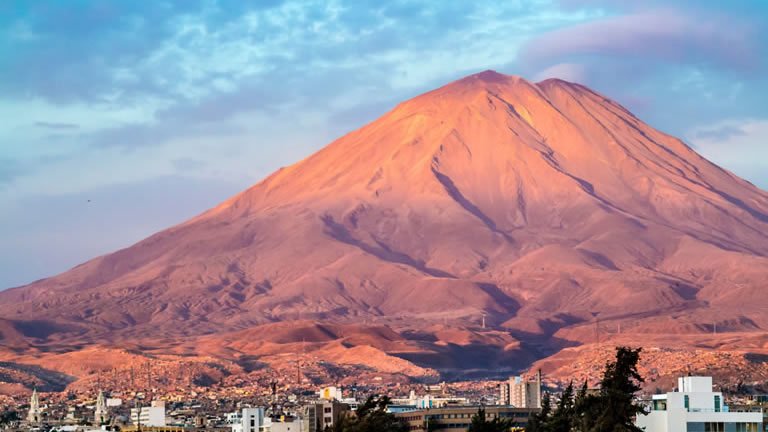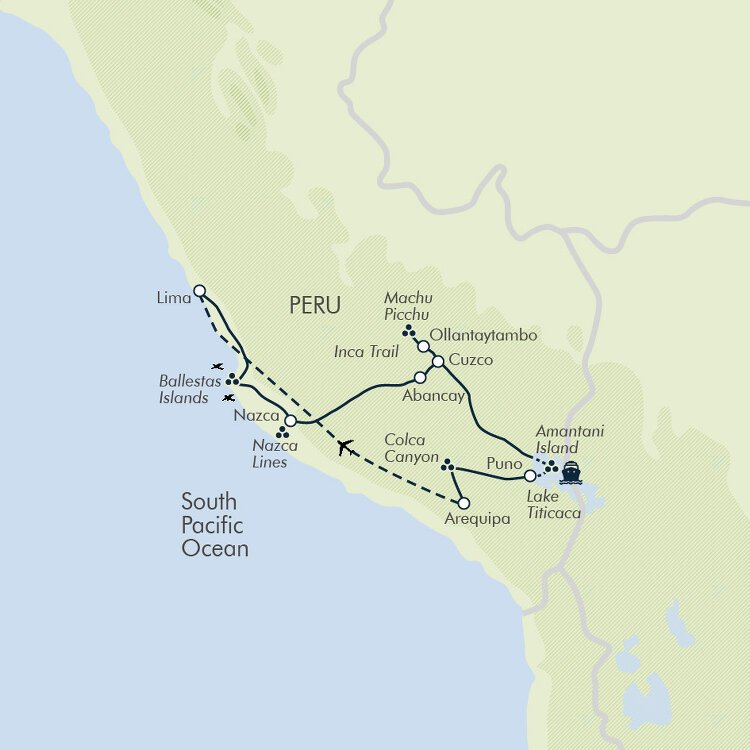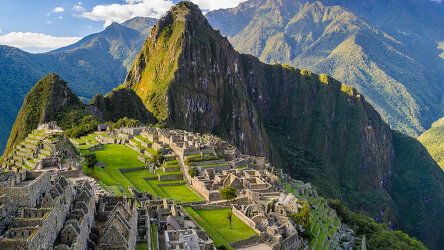Overview
Itinerary
Welcome to Lima, the busy capital of Peru. There's plenty of adventure on your trip, but today's all about settling into the hotel. You will be met at the airport and transferred to our hotel in the Miraflores district of Lima. There will be a notice board in the hotel reception with details of where and when the group welcome briefing will be held. Stay: Hotel El Tambo 1 (or similar).
We set off early this morning (around 5. 30am) and drive south from Lima until we reach the port of Paracas (a four to five-hour drive). The Ballestas Islands lie a short distance off the coast here and are home to one of the highest concentrations of seabirds in the world – we visit them by boat. On the outward journey, we pass the curious pre-Inca Candelabra geoglyph, a huge (more than 490ft\/150m high) three-pronged trident shape etched into the sandy hillside, the origin and purpose of which remains unknown (although there are many theories).
Upon reaching the islands we explore the caves and rock archways by boat and observe the sea lion and fur seal colonies as well as humboldt penguins and an array of birds such as cormorants, pelicans, tendrils, and Peruvian blue-footed boobies.
We take open-top motorised boats, which are shared with members of the public (occasionally the sea is too rough and the boats can't operate). Take heed of seabirds above – it is advisable to wear a hat. The boat trip lasts around two hours. Back on dry land, we drive for an hour or so to Ica, the heart of the Peruvian wine-growing region, where we spend the night. Stay: Hotel Villa Jazmin (or similar) (B).
We drive towards Nazca, stopping to visit the viewing platforms overlooking the Nazca Lines. These are one of the great archaeological mysteries, consisting of enormous drawings and patterns etched in the desert sand.
In the afternoon, there is usually time to take a scenic flight over the Nazca Lines (additional cost), weather permitting. Due to the small planes used, this is not suitable for those with a fear of flying or who suffer from travel sickness. As an alternative, your leader can help arrange optional visits to the nearby burial grounds, Antonini Museum or the planetarium. Stay: Casa Andina Hotel/Alegria (or similar) (B).
We turn inland from the coastal desert today, climbing high into the Andes on a long (around 12 to 13 hours) but spectacular drive. We'll pass through the largest vicuña reserve in the country, so look out for these smaller wild relatives of the llama. This region has only recently become easily accessible to tourists due to an upgrade of the Abancay/Chalhuanca road. The altitude here can make physical exertion difficult; the highest point we reach today is Negro Mayu, a pass at 15,092ft (4,600m) above sea level. We recommended that you rest in the evening.
Tonight, we stay in Abancay on the road to Cuzco. Stay: Hotel de Turistas Abancay (or similar) (B).
We set off towards Cuzco this morning, stopping to visit the Inca Saywite stone and Tarawasi ruins. The glaciated summits of the Vilcabamba mountain range and the descent into the Apurimac River valley demonstrate the dramatic contrasts of the Andes; expect stunning scenery throughout today's roughly seven to eight-hour drive. It is recommended to take it easy upon arrival into Cuzco and to drink plenty of water to allow your body time to acclimatise to the altitude (11,155ft/3,400m). Stay: Hotel Casa Andina Standard Catedral (or similar) (B).
To help you acclimatise, we embark on a relaxed walking tour this morning, which takes in the historic buildings and winding streets of Cuzco. The rest of the day has been left free for exploring on your own. The Plaza de Armas is a fantastic spot for people watching, and the Koricancha Sun Temple in the Santo Domingo Church and monastery is worth a visit. The Mercado San Pedro is the place to try local produce and there are many handicraft markets to shop for souvenirs, such as alpaca jumpers and scarves.
Outside the town are more Inca ruins, notably the fortress of Sacsayhuaman where the Inca armies made their last stand against the conquistadors. A combined entrance fee (tourist ticket) for these sites and many others is recommended – please see the Optional Excursions section below for prices. Sightseeing excursions to places outside Cuzco, including the Sacred Valley of the Incas, are also available. Please ask your tour leader. Stay: Hotel Casa Andina Standard Catedral (or similar) (B).
For most people, the highlight of the trip is the visit by train to one of the greatest ruins in the world, the lost city of Machu Picchu. This is one of the architectural and engineering marvels of the ancient world, in a mountain setting of staggering immensity. The Spaniards never found it; the Incas left no records of it, so Machu Picchu remains a great enigma, a city lost for centuries in the jungle until it was rediscovered in 1911 by the American historian Hiram Bingham.
We transfer (approximately two hours) to Ollantaytambo railway station to catch a train to Aguas Calientes (the town below Machu Picchu). The railway line follows a beautiful route through the Urubamba River valley.
In the afternoon, we take a short bus ride up the winding road to Machu Picchu for a guided tour of the ruins. Visiting in the afternoon tends to be quieter than the mornings and the mist that shrouds the ruins at dawn has usually dispersed. Please note that exploring the ruins involves a reasonable amount of walking, including up and down steep and uneven stone steps. Stay: Terraza de Luna (or similar) (B).
We have a free morning to sleep in, relax and enjoy the buzz of this little town in the jungle below the ruins. Should you wish to visit Machu Picchu again this morning, you need to purchase a second entrance ticket in advance. This will allow you further time to explore the Lost City on your own – for the second visit it is not mandatory to have a guide. Please contact your sales representative for details.
In the afternoon, we board the train back to Ollantaytambo and then continue by minibus to Cuzco, arriving in the late evening. Stay: Hotel Casa Andina Standard Catedral (or similar) (B).
We have a final chance to enjoy the sights and shopping of this beautiful city. If you would like something more active, there is an array of optional activities available from Cuzco that your leader can organise. These include paddleboarding on a lake, mountain biking, or a combination of via ferrata and zip-lining in the Sacred Valley. Stay: Hotel Casa Andina Standard Catedral (or similar) (B).
Today we travel for eight to 10 hours along the Vilcanota River and onto the altiplano, the high plains separating the Andes from the jungle. Although it is quite a long drive, the views are often spectacular. There are scheduled stops at interesting sites to help break up the day and we will get to appreciate the immensity of the Andean landscapes.
This afternoon, we arrive at the shores of Lake Titicaca (12,467ft/3,800m above sea level) and board a boat for our trip to Amantani Island. A hike around the island offers great views across the lake, while the night spent with a local family is a fantastic cultural insight into lives very different to our own. A packed lunch is included today. Stay: Amantani Island homestay (basic) (B/L/D).
We explore the island in the morning before boarding our boat for the three-hour journey to Puno on the lakeshore. On the way, we visit Uros Island. The Uros have been living on reed rafts for centuries, and although many have now moved to the mainland there are still a couple of thousand who remain on the islands. A reasonable amount of their income is now provided by strictly regulated tourism, but they also still fish the lake and barter with mainland communities for daily essentials. Stay: Casona Plaza Hotel (or similar) (B).
Today we head across the altiplano again. This time we cross to the southwest, heading back towards the coast to the high Colca Canyon (a five to six-hour drive). En route, we see vicuñas and possibly flamingos, crossing the Patapampa Pass (15,781ft/4,810m) before descending into what is considered the second-deepest canyon in the Americas (the deepest, the Cotahuasi Canyon, is also in Peru). There is time in the evening for an optional visit to the hot springs near the main town of Chivay (11,926ft/3,635m) – a warming pleasure after the chill of Lake Titicaca. Stay: Hotel Pozo del Cielo (or similar) (B).
Rise early to view condors soaring on the morning drafts rising out of the canyon. We then ascend out of the canyon and cross Patapampa Pass on our way to Arequipa, which is known as the White City due to the pale volcanic stone used to construct many of its colonial buildings. The picturesque city has a year-round pleasant climate and is surrounded by towering volcanoes, including the near-perfect cone of El Misti. Stay: Su Majestad Hotel (or similar) (B).
In the morning we visit the huge, serene convent of Santa Catalina. Built in 1580 and only opened to the outside world in the 1970s, it offers a rare insight into the lives led by the nuns and has changed little through the centuries. There are still around 20 nuns living in the northern corner of the complex.
In the afternoon or evening we fly to Lima where we will transfer to our hotel in Miraflores. Stay: Hotel El Tambo 1 (or similar) (B).
Today we start our return journey home, although there may be time for optional tours of Lima, including visits to the Gold Museum and tours of the historic downtown. You could also join our optional trip extension to the Amazon rainforest, where you explore lakes, rivers and jungle trails in search of incredible wildlife (B).
Trip Inclusions
- Discover Machu Picchu by train with guided tour
- Enjoy a homestay on the traditional island of Amantani in Lake Titicaca
- See Colca Canyon and its soaring condors
- Wander through the colonial city of Arequipa and the Santa Catalina Convent
- Drive deep into the Andean highlands and the Apurimac Valley
- 1 Superior night (hotel), 12 Classic nights (hotels), 1 Simple night (homestay)
- Time spent at altitude
- Travel by internal flight, train, boat and private bus
- Several long drives and early starts
- All breakfasts, one lunch and one dinner
- All transport and listed activities
- Tour leader throughout
- Arrival and departure transfers
- Itinerary and inclusions are subject to change
- Price is for land, cruise and internal flights as specified. Flights not specified are not included
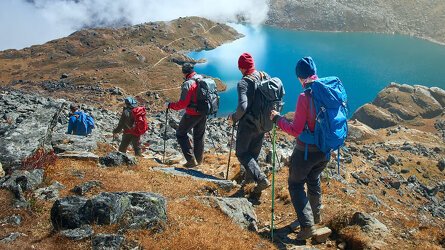
From classic small group tours & family adventures, to walking holidays, cycling trips and self-guided tours. Read more
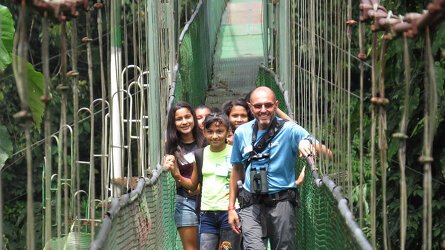
Exodus chooses their Leaders carefully. Professional, dedicated and are passionate about sharing their home countries. Read more
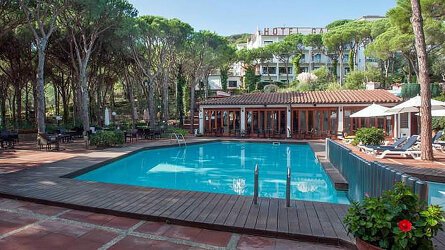
Wherever possible, Exodus chooses properties that are locally owned and that reflect the area you are visiting. Read more
Availability
A definite departure means minimum numbers have been reached for this departure to operate. Your Global Journeys Travel Advisor will check the availability of your departure date when you enquire. Additional savings may apply. We guarantee the lowest price in Australia. T&C’s apply.
Tour & cruises prices are per person. Prices shown have savings applied, are subject to availability and may be withdrawn at any time without notice. Pricing and trip details are correct at this point in time, however are subject to confirmation at the time of booking and are subject to change by Exodus. For cruise itineraries, cabin images are sourced from Exodus. These should be treated as indicative only. Cabin inclusions, upholsteries and room layout may differ to the image(s) shown depending on the ship selected and your sailing dates.
